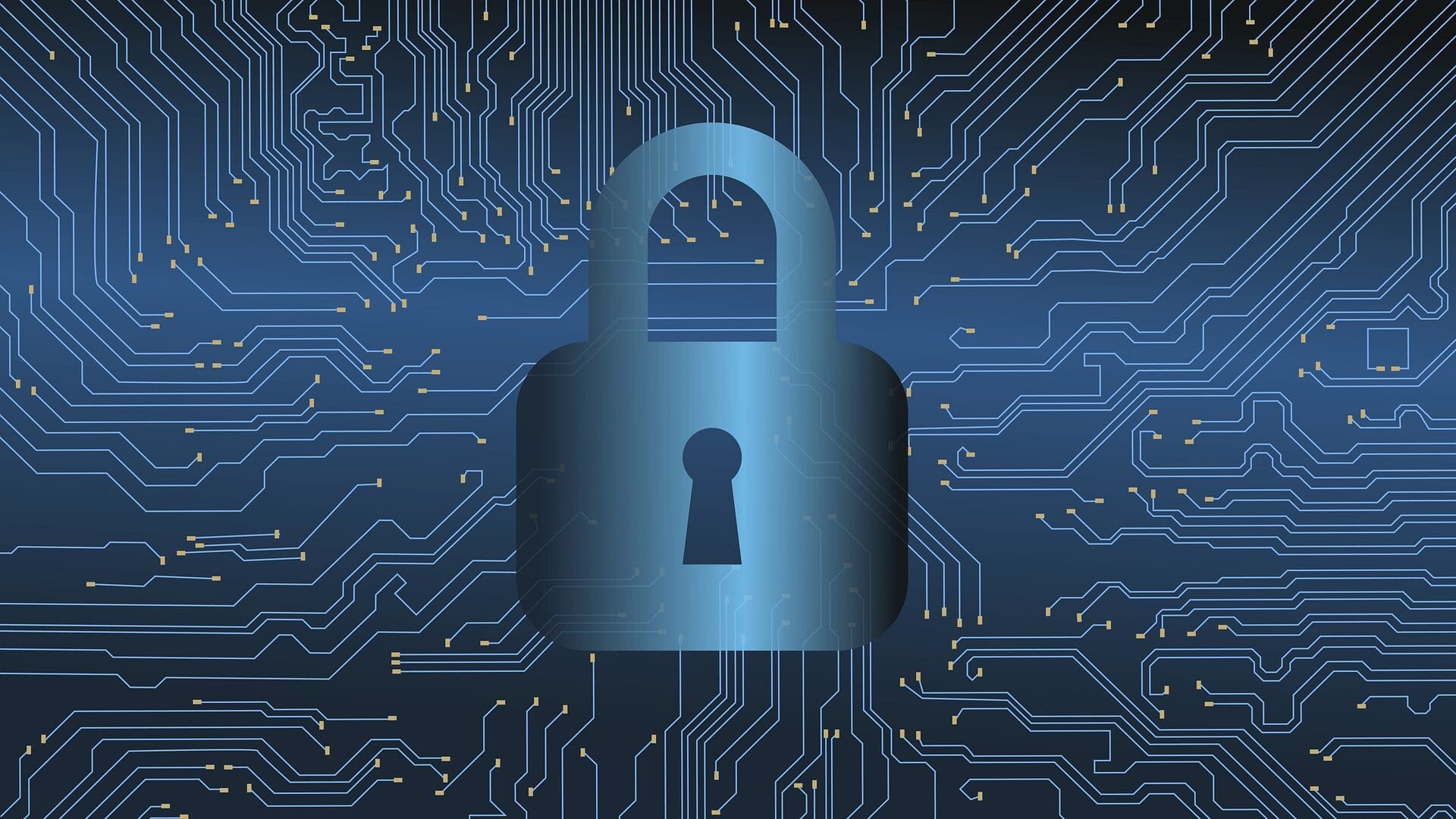
With more than half of the world’s population active Internet users, businesses have little choice but to follow them online. In establishing an online presence, enterprises not only capture their target market where they can be readily found, but they also expose themselves to significant risk. Those with online shops collect the personal information of hundreds, if not thousands, of their customers.
Hackers strive to pry this information from their databases for malicious purposes. Should they succeed, the consequences can be grave, including huge ransoms or potential litigation from customers. Plus, going offline to recover from a security breach can lead to a devastating loss of income.
For example, most of us use 192.168.1.1 into our browser bar to access our router. We need to be careful to see that it is secure and our passwords are not easily guessed. Similarly, enterprise networks need to be much stronger.
If you run a business but haven’t looked into cybersecurity software, you may want to consult PacGenesis to find the best solution to secure your business data. Also, spend some time researching, starting with these five facts:
-
Enterprises Are at High Risk, No Matter Their Size
Regardless of the size of your business, you have to take your network security seriously. Studies show that cybercrime costs businesses around the globe hundreds of billions of dollars every year. The loss of revenue a cybersecurity breach can cause will affect the operations of all enterprises, both big and small. For example, Yahoo! suffered two such breaches in 2016, compromising the personal data of more than three billion customers. This caused irreparable reputational damage and prompted dozens of lawsuits against the online services firm.
The impact of such attacks on smaller businesses can be even greater, as their revenue streams are fewer. If you’re in a business line with high competition, regaining your customers after a breach will be an uphill task.
-
Cybersecurity Platforms and Practices Should Constantly Adapt
The face of cybercrime is continuously changing as threats are continually being discovered and eliminated. Your chosen cybersecurity platform should have the capacity to adapt to the capricious threat landscape and, where possible, anticipate and prevent future threats.
Boot sector viruses are no longer the most lethal threat to the security of computer systems; now, there are advanced ransomware and distributed denial of service attacks. Your cybersecurity system must be equipped to detect and neutralize the whole range of threats.
-
Endpoint Response and Detection is the Future of Enterprise Cybersecurity
As threats to cybersecurity evolve, so should solutions to these threats. Endpoint response and detection (EDR) software attempts to deal with ever-changing cyber threats by continuously monitoring endpoints and network events.
The monitoring is done by a set of analytic tools that evaluate the system for both internal threats and potential external attacks, sealing loopholes for both in the process. By recording events in realtime and feeding them to a central database, the system can analyze current data to detect possible threats and device responses to counter them. Threats can then either be removed or contained while alerts of the same are forwarded to network security personnel.
Using enterprise endpoint security software to deal with network security threats is more effective than trying to do damage limitation after a threat has manifested. It’s also far more powerful than standard antivirus software that has to be updated to learn about new circulating threats.
-
Security Software Isn’t Enough
Buying and installing the latest network security systems will not be enough to fully ensure that a business is safe from all potential attacks. The best way for an enterprise to stay ahead of cyber threats is to come up with a network security strategy that covers all avenues through which attacks could be conducted.
Besides prescribing hardware and software systems that will be put in place, it should produce a policy that will teach staff how to use the network safely. This should include how your employees access company data online through mobile devices.
-
You Need to Protect Your Network From the Inside Out
Unfortunately, a significant number of security breaches businesses suffer are facilitated by their employees. This could be negligent or intentional, but the result is the same. To mitigate the possibility of your employees perpetrating cyberattacks, you need to institute controls that monitor and limit their access to your systems.
When setting up profiles for their system access, always have a super-user or administrator. This is a user who can create, modify, or delete other users as well as override their actions in the system.
A Holistic Approach to Cybersecurity
The best way for organizations to deal with continually mutating threats is to adopt a more strategic approach to network security. Only purchasing antivirus software and running occasional scans won’t guarantee safety from the multifaceted threats to the integrity and confidentiality of data. In the right direction, coming up with long and short-term strategies and adopting the use of advanced intrusion detection and prevention systems are steps.

Be the first to comment